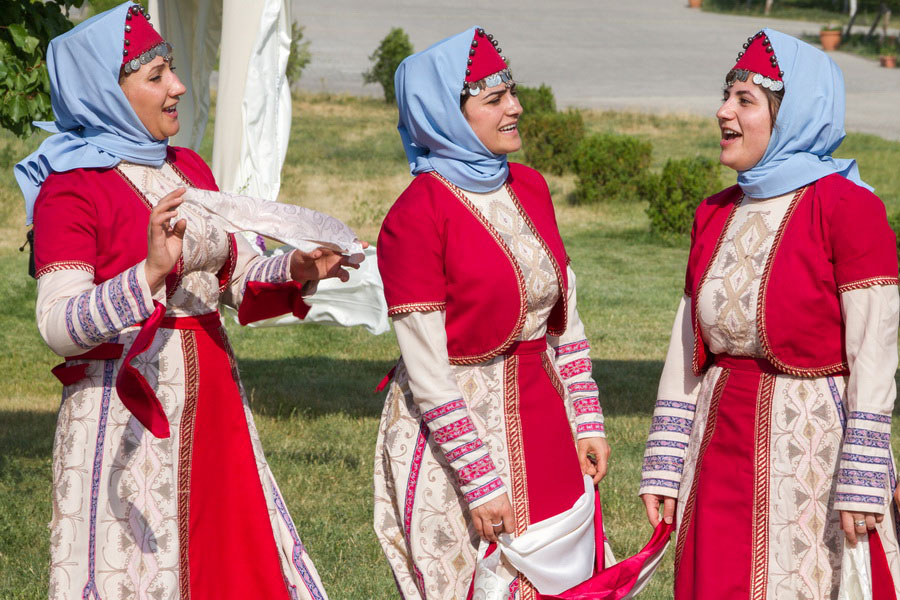
Armenian traditions developed over centuries as a reflection of the country’s position along the Great Silk Road, location in the rugged Caucasus Mountains and status as the first Christian nation in the world. Through their customs, the resolute Armenian people have managed to preserve their unique identity well into the 21st century.
Armenian Wedding Traditions
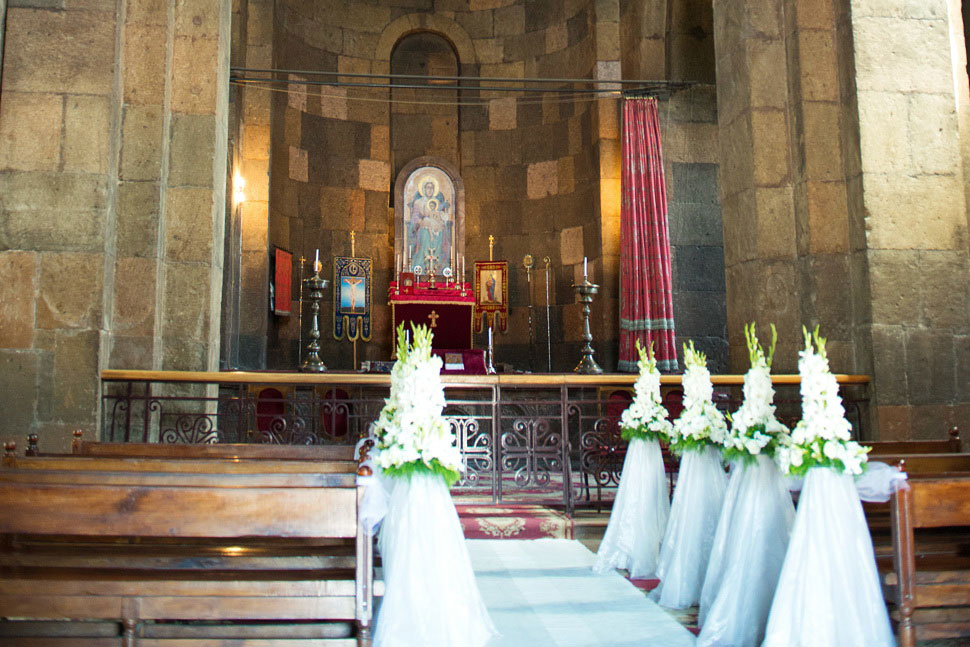
Armenian people love a good celebration, and weddings are among the most enjoyable of all. Preparations begin with the groom asking the bride’s parents for her hand in marriage and continue through a whole slew of traditions, such as a playful ransom being paid for the bride and plates being smashed by the newlyweds before they enter their home. From rituals to dancing to delicious feasts, Armenian wedding traditions are full of joy and laughter.
Childbirth Traditions in Armenia
The birth of a child is one of the most anticipated days in the lives of most Armenians. According to childbirth traditions in Armenia, families often give their child a symbolic name such as Pargev (Reward) or Nver (Gift). In the past, newborns were swaddled in sifted dirt which was believed to help them stay warm, and a new father would share his joy by placing his hand on the heads of guests and saying “Tarose kes” - “I pass it on to you!”
Hospitality Traditions in Armenia
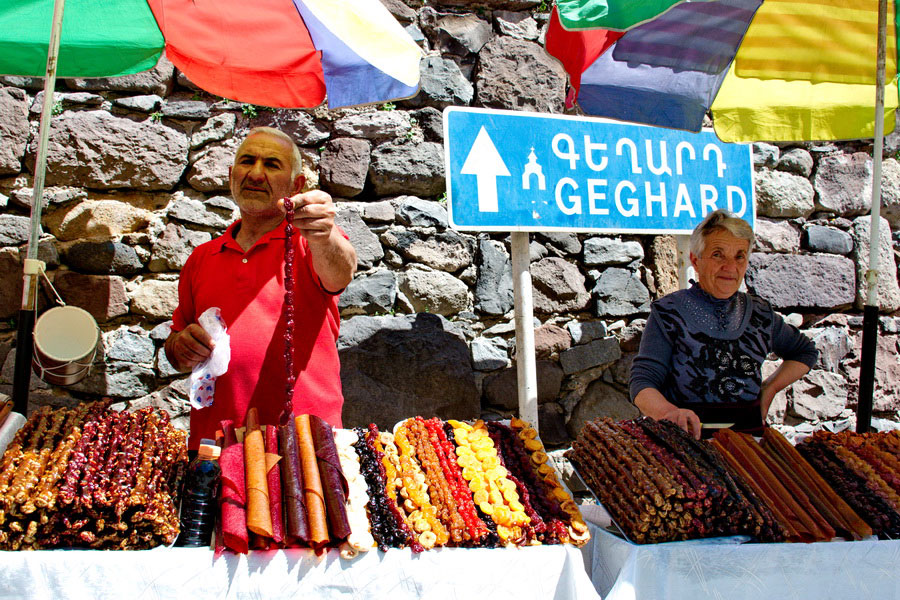
Hospitality traditions in Armenia are famous in the region and beyond. Armenians are always ready to hold a feast filled with delicious dishes, drinks and laugher. Guests are regarded as a gift from God and are addressed by the term jan (dear), which demonstrates the kindhearted nature of the Armenian people.
Funeral Traditions in Armenia
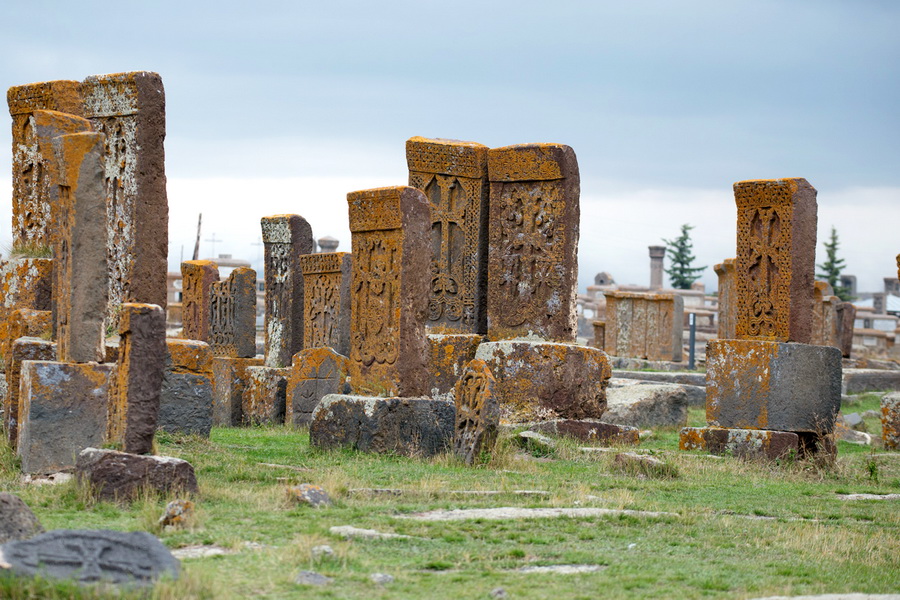
Funeral traditions in Armenia are intended to aid the deceased person on their final journey. Locals believe that each person has a predetermined destiny, called tchakatagi, which is etched on their forehead. Before a coffin is removed from the home for burial, it is hit against the front door three times in order to signal the Apostle Peter to open the gates of heaven for the soul of the deceased.
Traditional Housing in Armenia
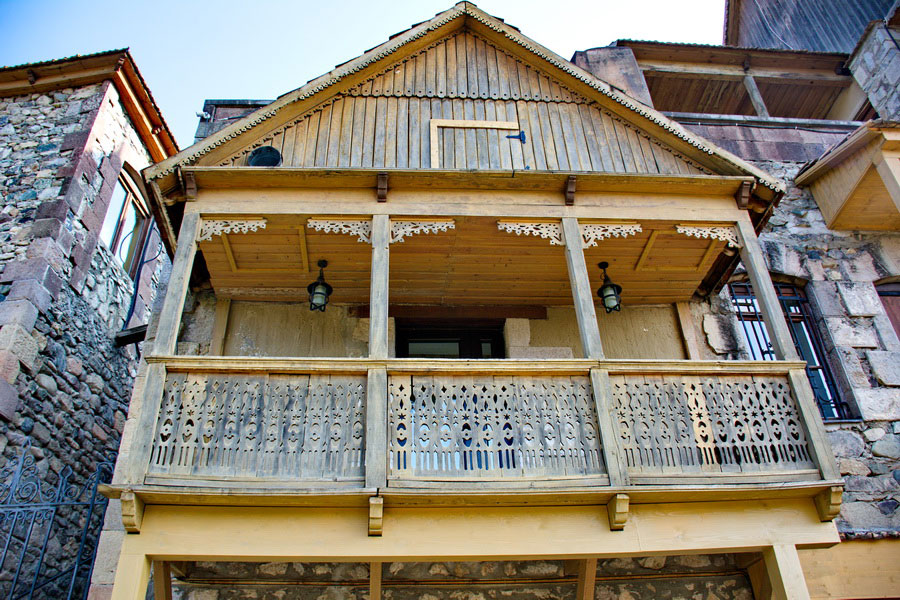
The simple, practical layout of traditional housing in Armenia may still be seen in some village settings today. The houses are distinguished for their quadrangular architecture, clay furnaces and single window carved into the roof, while the furnishings were often basic, designed for maximum efficiency and comfort.
Armenian Traditional Clothes
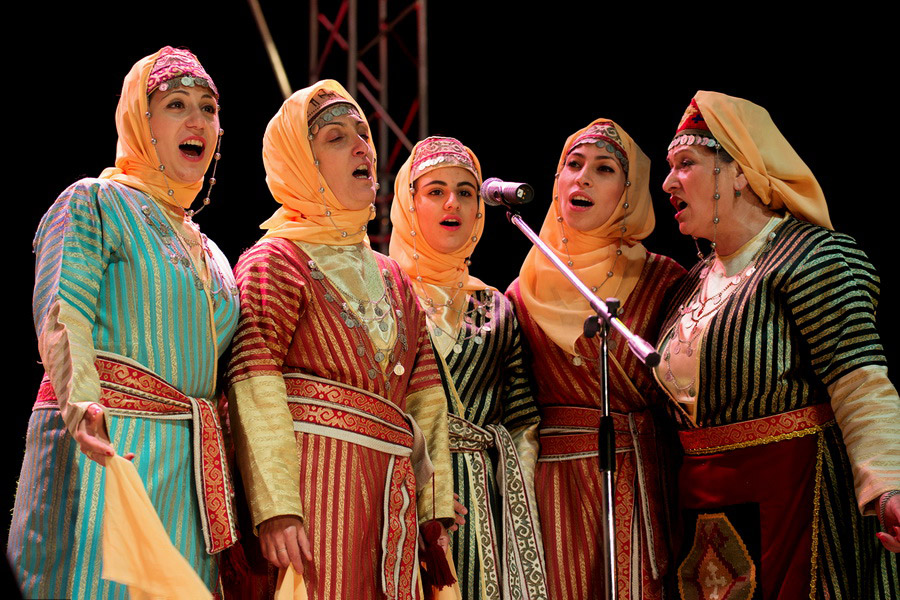
One of the most beautiful expressions of local identity can be seen in Armenian traditional clothes. While the people of each region of Armenia wore a distinctive style, common themes included red tones, beautiful outer coats called arkhalig, silk or cotton patterns with buttons and various embroidered ornamentation.
Armenian National Holidays
Armenian national holidays are a mix of old traditions dating back to pagan times, Christian religious holidays and modern additions. Some holidays are international, like New Year and International Women’s Day, while others such as Vardavar and Terendez celebrate unique Armenian traditions. Holidays in Armenia are a great way to experience a bit of local culture yourself and take your trip to Armenia to the next level.
Traditional Armenian Brandy
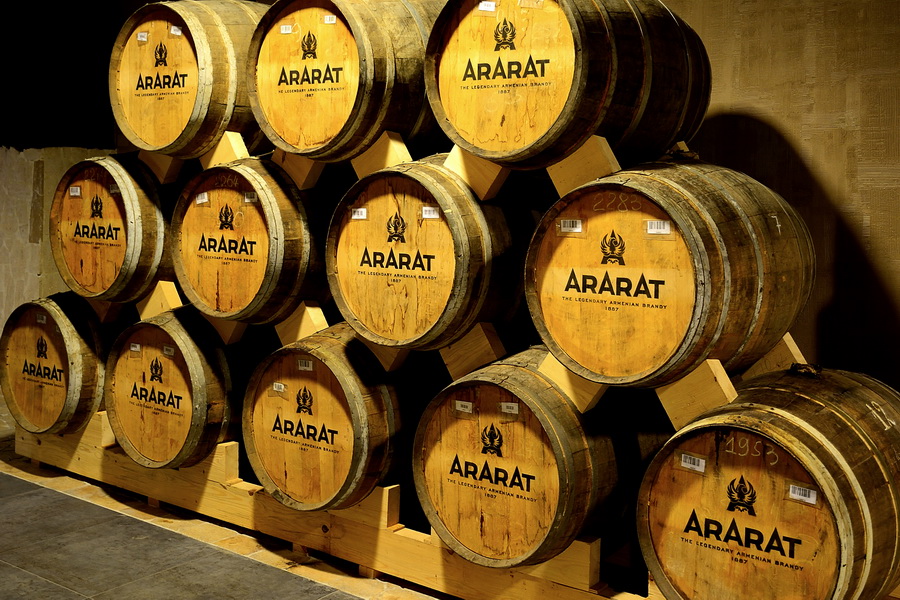
Traditional Armenian brandy began to develop in the 19th century and today is one of the main symbols of the Land of Noah. In particular, the winery of Shustov and Sons, now known as Yerevan Brandy Company, has grown from a small enterprise into one of the world’s most renowned brandy manufacturers. Through the use of endemic grape varieties from the Ararat Valley, a double distillation method and special Caucasian oak barrels, the company is able to produce a premium-quality brandy distinguished by its sweet aroma, caramel color and distinct grape flavor.
Traditional Armenian Wine
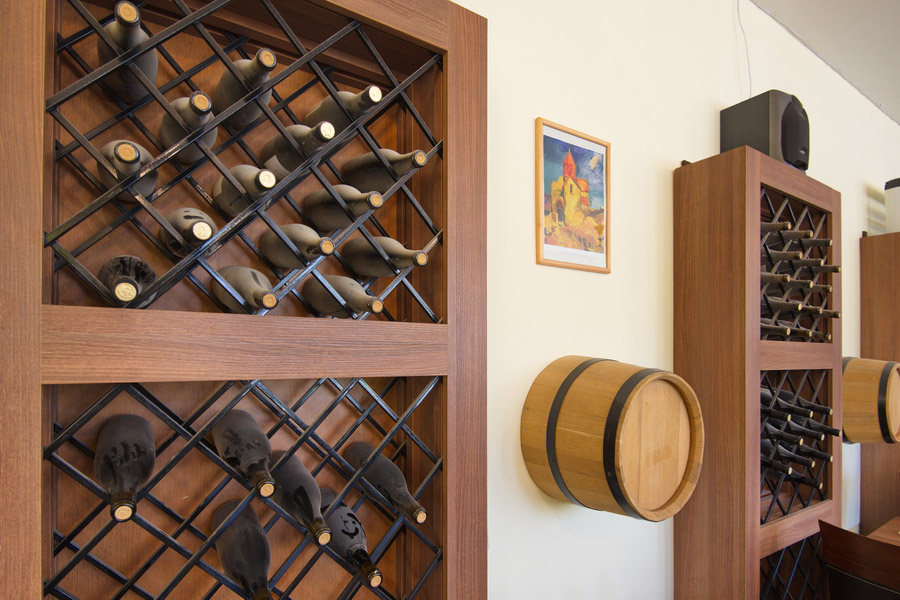
Armenia’s claim to fame as the first Christian country in the world goes hand-in-hand with its reputation for producing authentic, high-quality wines. Historic images of vine branches and winemaking techniques have been preserved on the walls of Armenian monasteries and churches, and traditional winemaking methods first developed in the ancient region of Urartu continue to be used in local wine production today. Visitors can taste traditional Armenian wine and celebrate this central aspect of Armenia’s past by joining a wine tour or participating in the annual Areni Wine Festival and other national events.

